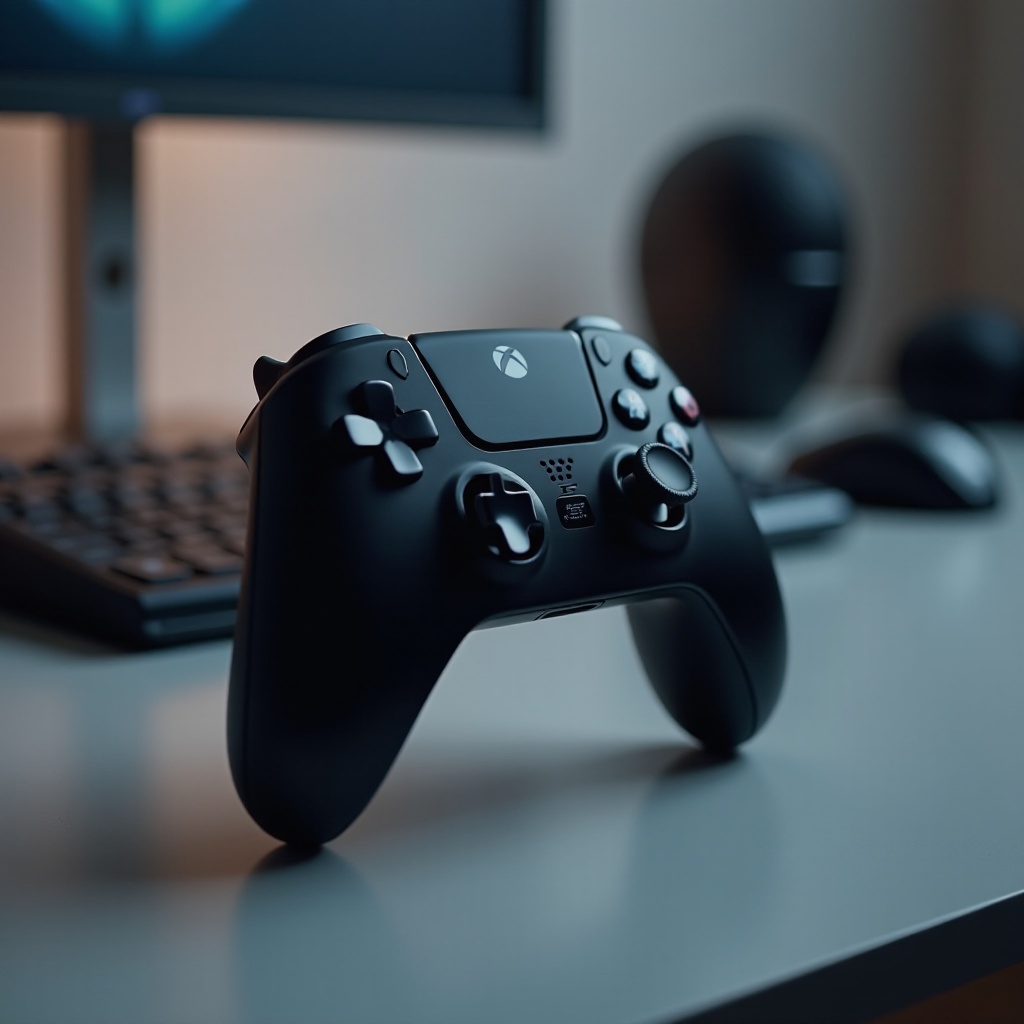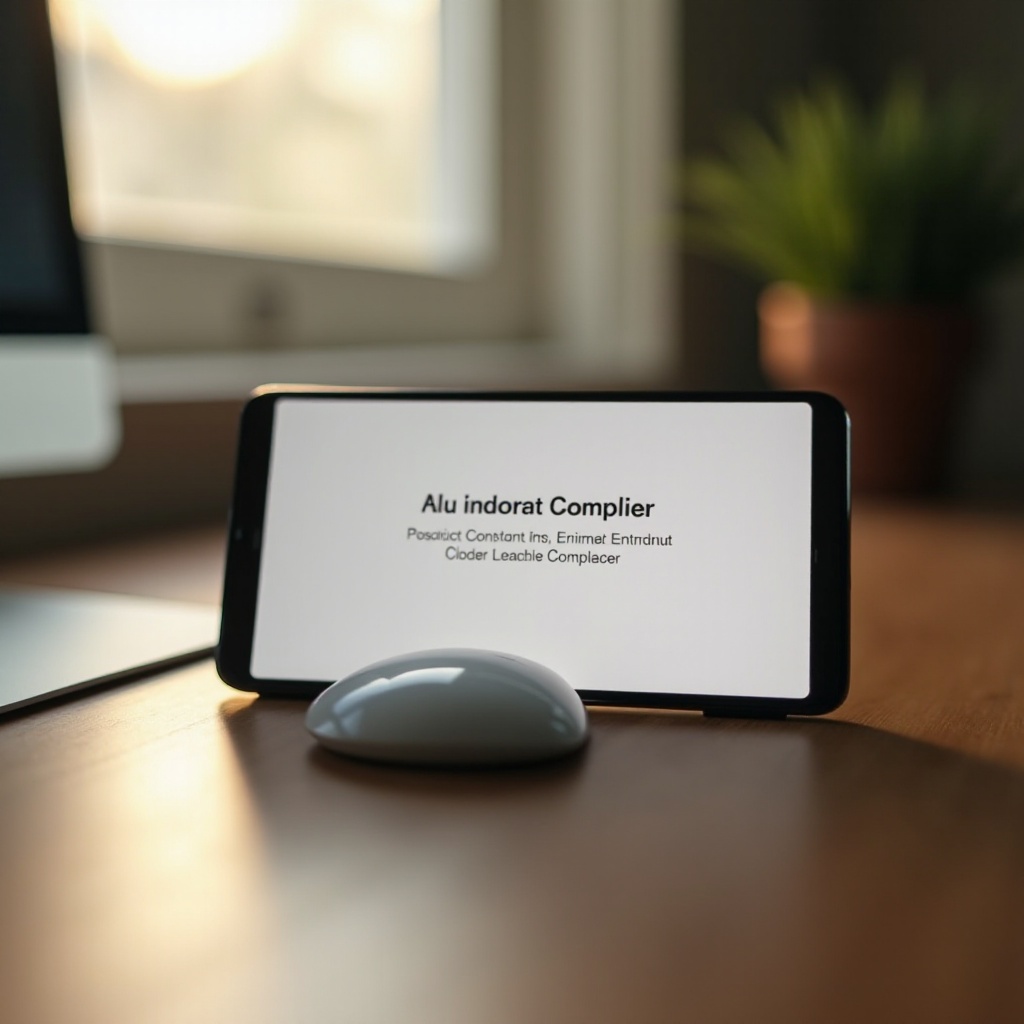Introduction
Experiencing a PS5 controller that’s on but not connected can be a major disruption to your gaming experience. Such issues can be puzzling, but with a clear understanding of potential causes and solutions, you can swiftly address them. This comprehensive guide walks you through troubleshooting steps for common connection problems such as wireless interference, battery issues, and firmware glitches. By updating firmware, changing surroundings, or even performing a reset, you can maintain seamless connectivity and enjoy uninterrupted gaming.
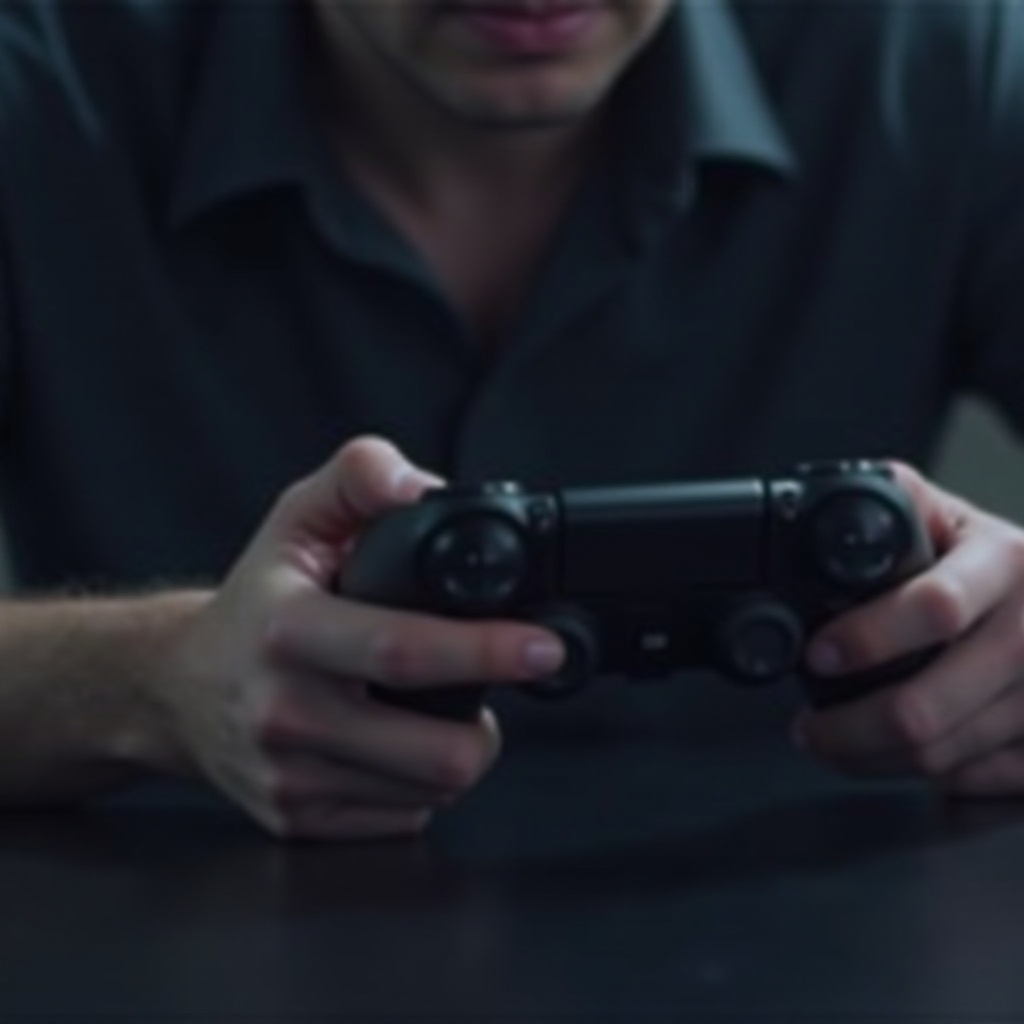
Common Causes of Connection Issues
Understanding the potential reasons behind your PS5 controller’s connection trouble is crucial for effective problem-solving. Immediate action is often required to maintain smooth gameplay.
Wireless Interference
One of the major culprits in connection issues is wireless interference. Devices like routers, smartphones, or other Bluetooth gadgets might disrupt the link between your PS5 and controller. Ensuring minimal interference during gameplay by switching off or moving these devices can significantly enhance connection stability.
Battery Problems
Battery issues are also a frequent cause of connection disruptions. A low battery can hinder the controller’s ability to connect and function properly. Always start your gaming session with a well-charged controller to avoid interruptions.
Firmware Glitches
Both console and controller firmware updates can introduce or resolve connectivity issues. Regularly updating your systems helps prevent glitches, ensuring that your gaming experience remains uninterrupted.
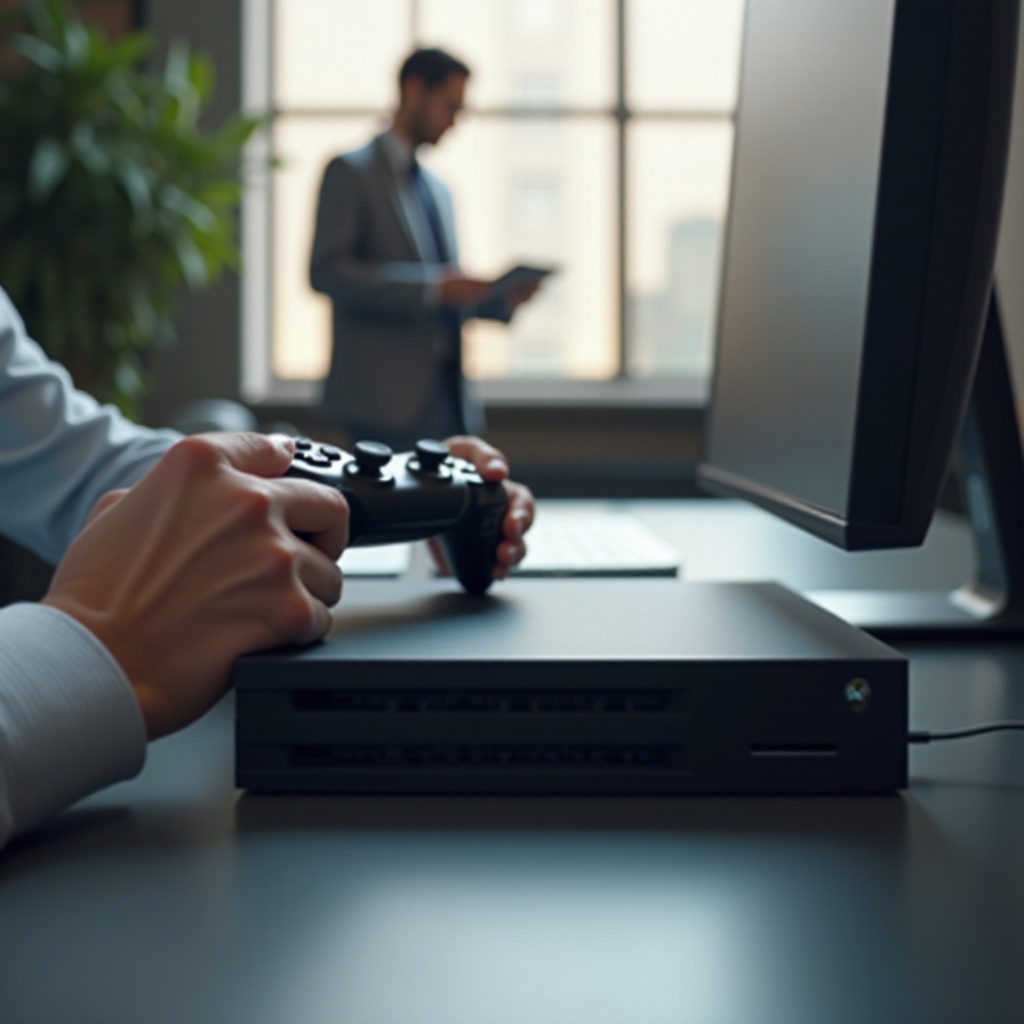
Quick Troubleshooting Steps
Facing connectivity issues can be frustrating, but here are some quick troubleshooting methods to get your controller back to functioning correctly.
Restart Your PS5 Console and Controller
- Shut down your PS5 console completely.
- Wait for a few seconds.
- Power it back on and then restart your controller.
A simple restart often resolves temporary glitches affecting connection.
Check the Controller’s Battery Level
Verify that your controller is sufficiently charged. If the battery is low, use a USB cable connected to the PS5 to charge it, waiting until the battery is restored before testing your connection again.
Move Closer to the Console
Distance and physical obstacles can weaken the connection. Ensuring proximity to your console can help strengthen the signal, allowing your controller to reconnect successfully.
Advanced Solutions for Persistent Issues
If basic troubleshooting fails, consider these more advanced solutions for solving stubborn connectivity cases.
Use a Wired Connection
- Connect your controller to the console using a USB cable.
- Attempt to start your games while connected.
Using a wired connection can diagnose and resolve wireless connection issues, offering a stable playing experience.
Update Controller and Console Firmware
Keep the firmware of both your PS5 console and controller current. Frequent updates typically introduce patches that resolve known connectivity problems:
- Navigate to PS5 settings.
- Select ‘System,’ then ‘System Software Update.
Reset the PS5 Controller
If issues prevail, consider performing a factory reset:
- Locate the small reset button on the controller’s back.
- Press with a pin for several seconds.
- Reconnect the controller post-reset.
Checking for Hardware Damage
In situations where connectivity issues persist, hardware damage might be accountable.
Inspect the Controller for Physical Damage
A visual inspection can reveal any visible damage that might impede connectivity, such as cracks or broken components.
Test with a Different USB Cable
Ensure that the issue is not originating from a faulty cable. Testing a different USB cable can help eliminate cable-related issues.
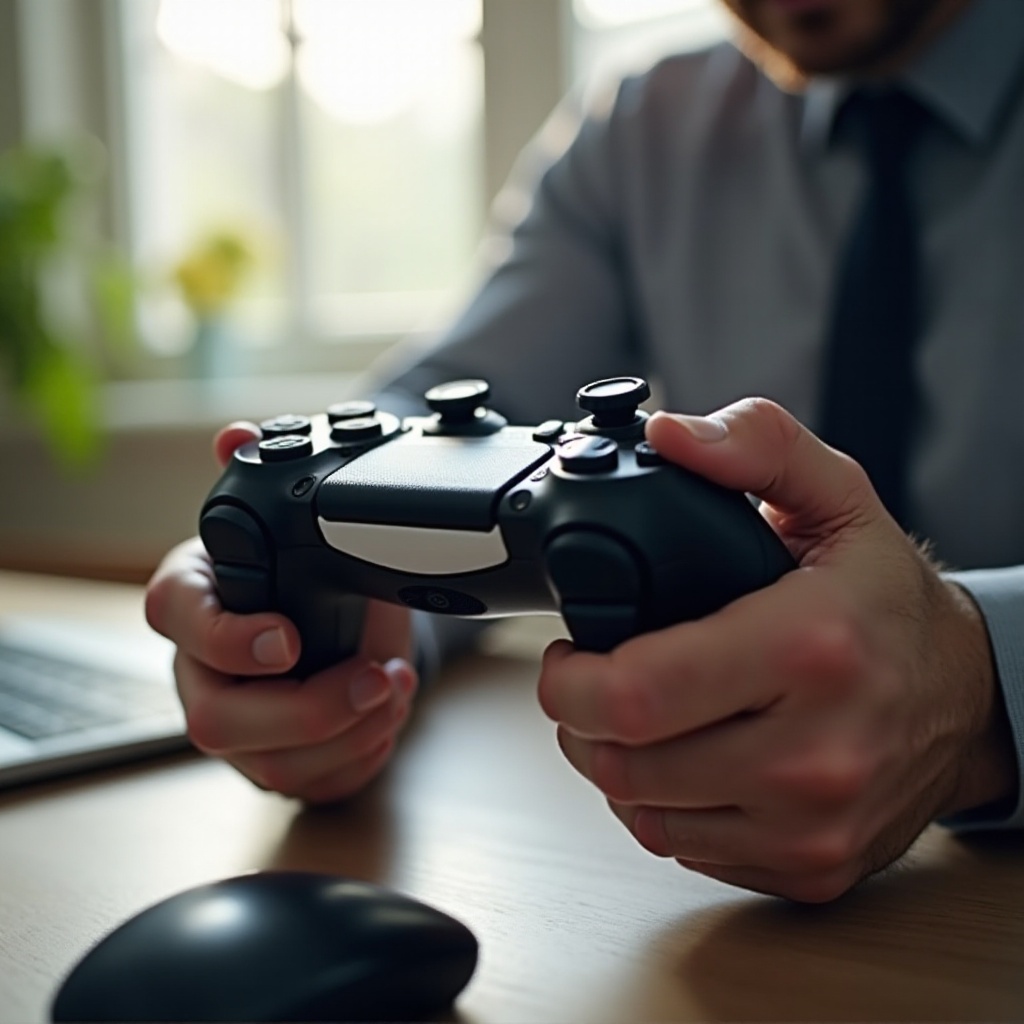
Prevention Tips for Future Connectivity
Establishing preventive measures ensures that your PS5 controller maintains a reliable connection for future gaming.
Keep Your Devices Updated
Always ensure your PS5 and controller are updated with the latest software. Updates often contain critical bug fixes and performance enhancements.
Maintain a Clear Path for Wireless Signals
Optimize your console’s placement to minimize wireless obstructions. A clear signal path enhances both connectivity and gaming performance.
Conclusion
Addressing the frustration of a PS5 controller that’s on but not connecting can be straightforward. By identifying common causes and applying practical solutions, you can quickly restore your gaming experience’s flow. Staying proactive with updates and managing wireless environments helps in preventing future connectivity issues.
Frequently Asked Questions
Why does my PS5 controller keep disconnecting?
Frequent disconnections often result from wireless interference, low battery, or outdated firmware. Mitigate interference and ensure devices are updated.
Can I use my PS5 controller without Wi-Fi?
Yes, the PS5 controller can connect via Bluetooth or a USB cable, eliminating the need for a Wi-Fi connection.
How do I reset my PS5 controller?
Insert a pin into the reset button on the back, press for a few seconds, then reconnect the controller to the console.

